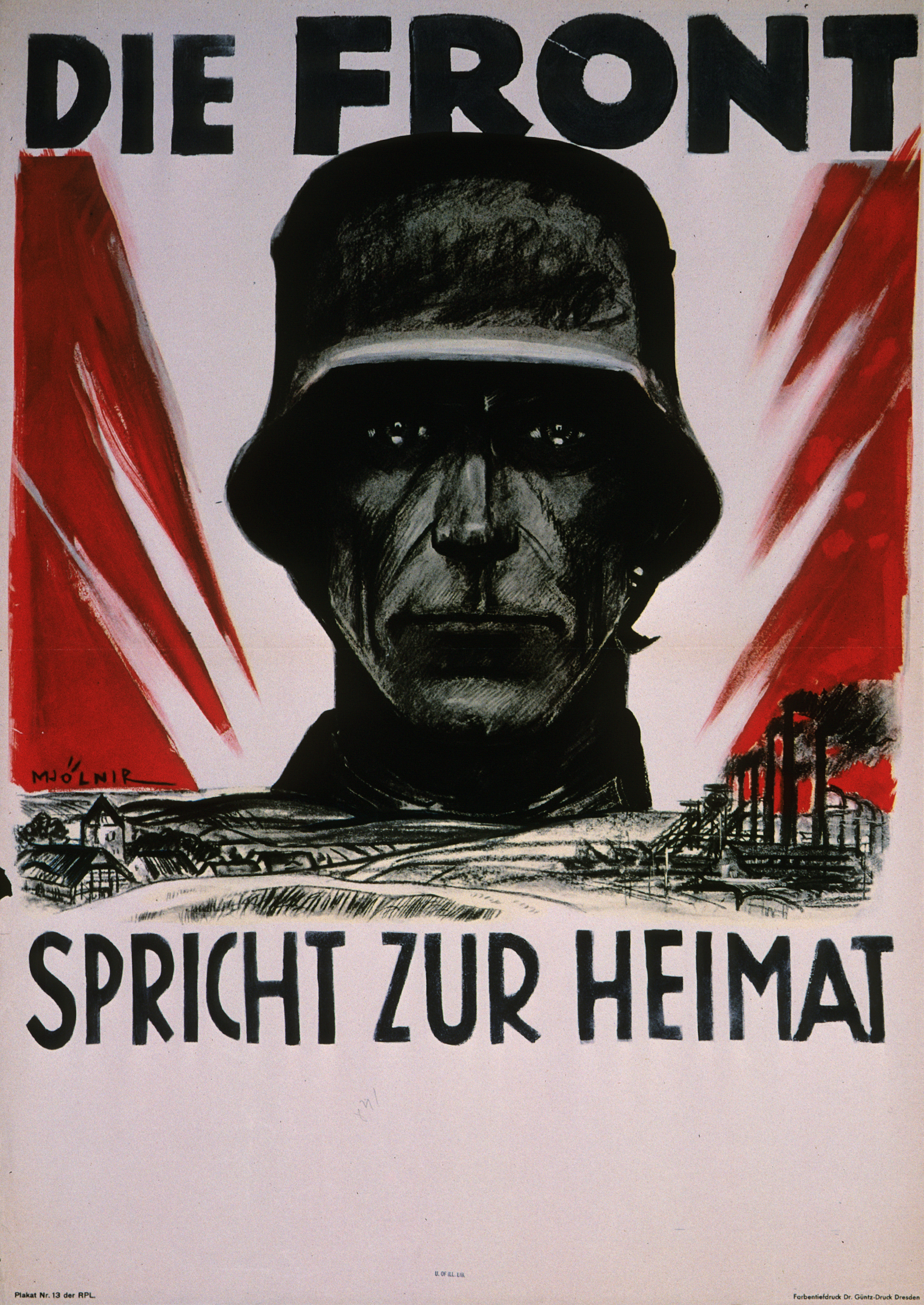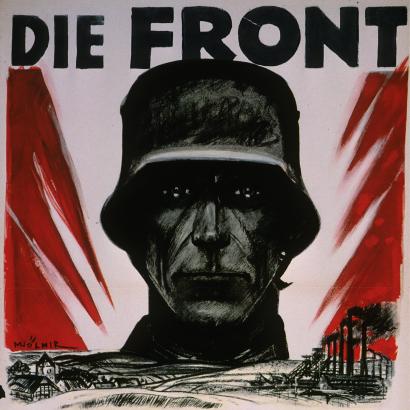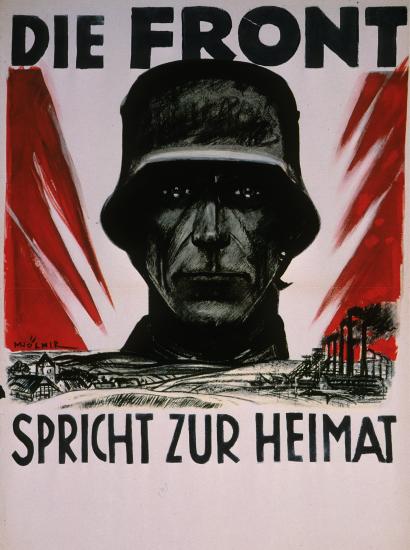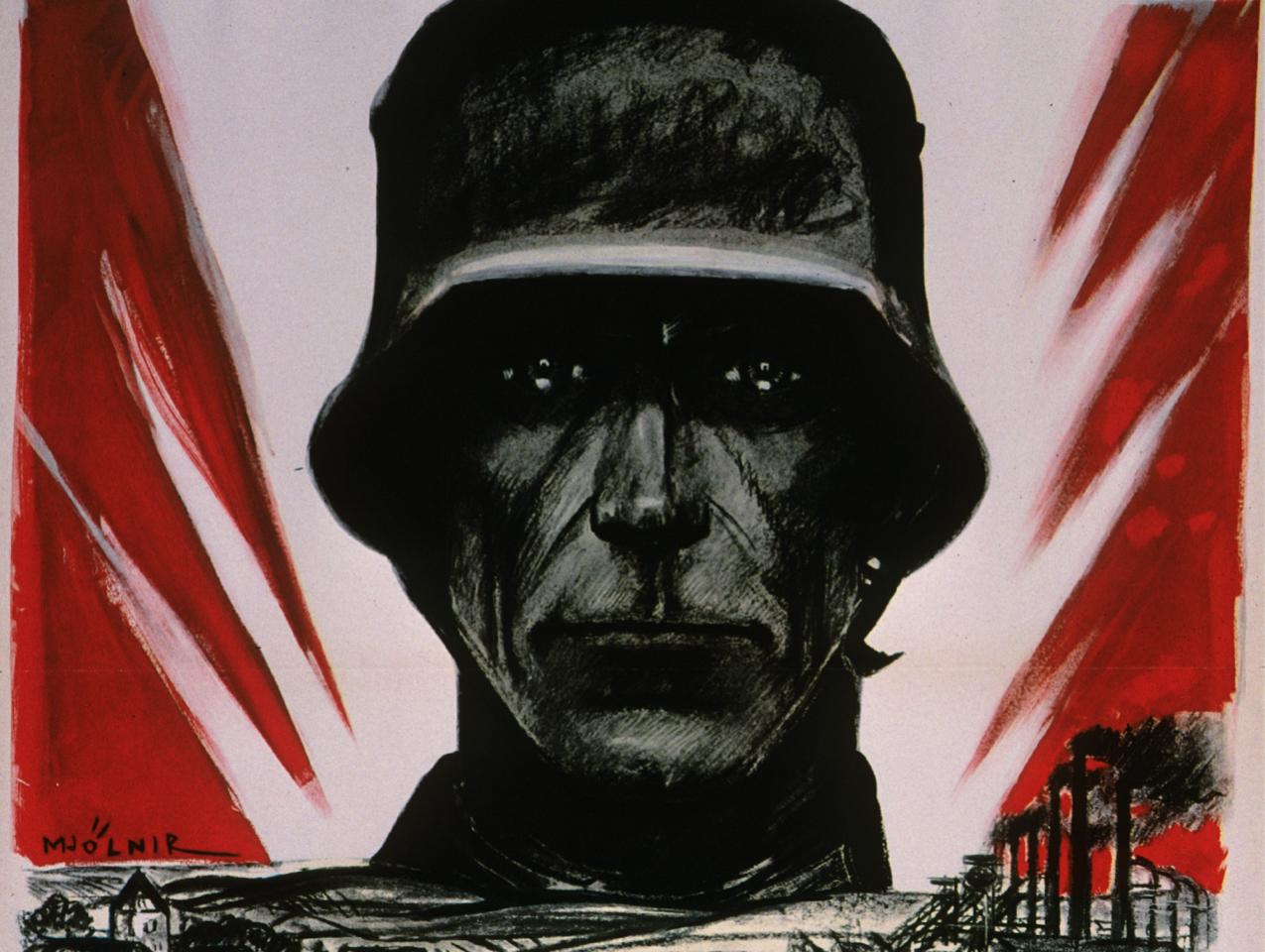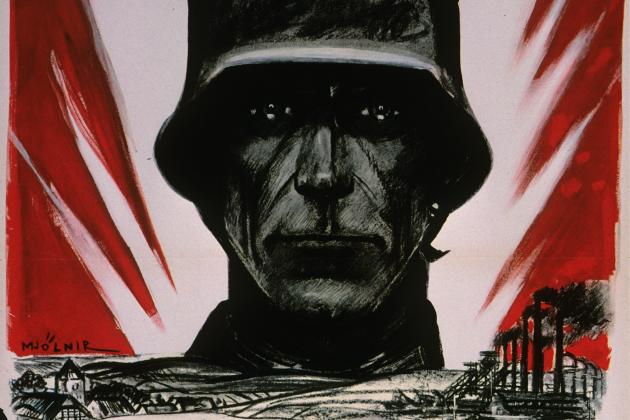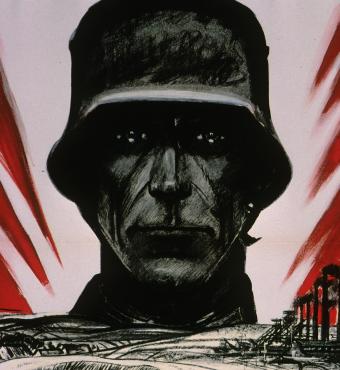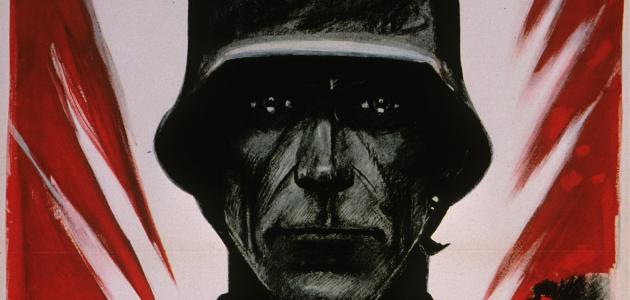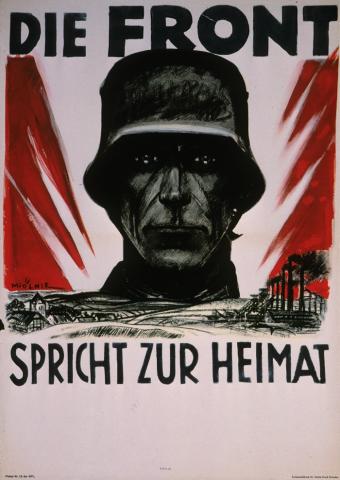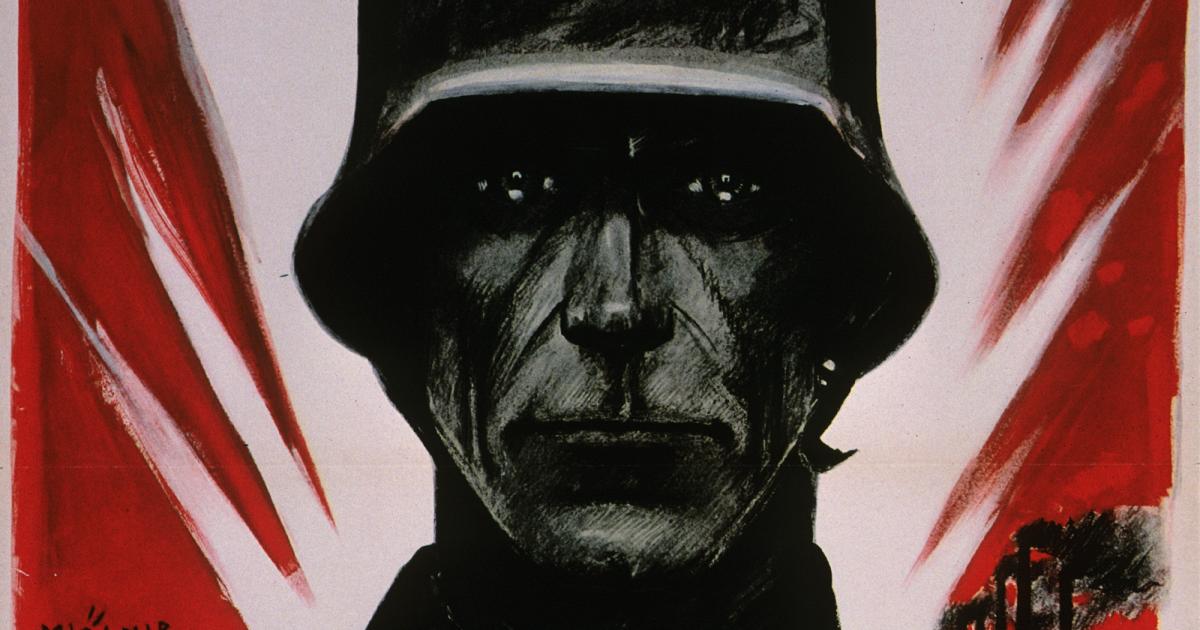On June 22, 1941, Hitler launched his massive Wehrmacht in an effort to destroy the Red Army and the Soviet Union. That was certainly at the heart of the German belief that they would succeed in a matter of weeks. As Hitler suggested, it would prove a matter of punching a few holes in the Soviet front lines, and the whole Bolshevik-Jewish regime and its military forces “would collapse like a house of cards.”
However, things turned out to be much more difficult than the German leaders expected. Despite being aided and abetted by the extraordinarily bad guidance the Red Army received from Stalin, almost immediately the Wehrmacht ran into significant difficulties. Soviet resistance proved especially tenacious at the sharp end, while the Germans began to recognize that their estimates of the logistics and intelligence requirements for the upcoming campaign had been disastrously off the mark.
The Army’s chief of staff, Franz Halder, who had been exceedingly optimistic during the campaign’s opening weeks, by the end of July had fundamentally altered his estimation: “the whole situation makes it entirely plain that we have underestimated the Russian Colossus. … [Soviet] divisions are not armed or equipped according to our standards, and their tactical leadership is often poor. But there they are, and if we smash a dozen of them, the Russians simply put up another. … They are near their own resources, while we are moving farther and farther away from ours. And so our troops, spread over an immense front line, without any depth, are subjected to the incessant attacks of the enemy.”
At the end of July, the denouement came. Only Army Group Center had successfully achieved its objective with the destruction of the Soviet army at Minsk and Smolensk and the capture of hundreds of thousands of soldiers who were sent on their way to POW camps. But matters were not moving so well on the other fronts, against which the German army groups were driving. Army Group North, after a dash through the new Soviet colonies, which had once been the Baltic States, found its divisions mired in the swamps and forests that lay in front of Leningrad. Army Group South had run into tenacious resistance with its panzers reaching only into western Ukraine. But here too it appeared there were surprising dangers. The mere achievement of the great victories of Minsk and Smolensk had involved heavy losses not only in men and material but the whole transportation system as well.
At this point, a serious quarrel broke out between Hitler and his general staff. Hitler, supported by his obtuse, military adviser Field Marshal Wilhelm Keitel, suggested that the most favorable choice for the Wehrmacht would be a massive encirclement movement using the lead panzer corps of Army Group South and Army Group Center to put a stranglehold on Soviet ground forces in the south. Hitler strongly advocated such an approach because the capture and destruction of the great wheat fields of central and eastern Ukraine in his view were crucial to the continuation of the war. Equally important was the fact that capture of the coal fields and steel plants of eastern Ukraine would add considerably to the Reich’s ability to fight the great industrialized war that Hitler saw coming against the British and especially the United States.
To the German generals, this was sheer and utter nonsense. What mattered was the destruction and or capture of large numbers of enemy soldiers and divisions. As Halder noted after the war, logistics and intelligence mattered little in comparison to the planning and conduct of military operations. Thus, virtually the army’s entire leadership fell in line with Halder’s argument that it was essential that the Wehrmacht disregard operations on Ukraine and focus its emphasis on capturing Moscow, which the generals fervently believed would result in the destruction of the Red Army and collapse of the Soviet Union. In the end, Hitler came down in favor of a great encirclement to the east of Kiev.
Here Stalin again played a disastrous role in turning a serious military situation into a disastrous one. Despite the serious warnings from his senior military advisors, including Zhukov, that there was a growing possibility of catastrophe in Ukraine, Stalin persisted in his demand that every inch of central and eastern Ukraine be held to the last man. His subordinates obeyed. The Germans took full advantage of the Soviet mistakes and proceeded to move deep into the Soviet rear areas of eastern Ukraine.
Slicing down from the north and south the leading corps of the two panzer groups linked up to the east of Kiev on 16 September. The Germans estimated that they had captured 665,000 prisoners by the time they had cleared up the wreckage. The Soviets admitted to the loss of four field armies, forty-three divisions, and 452,720 soldiers. It was the worst operational defeat to that point in the war. In addition, the Germans mounted the worst single-day assault on Eastern Europe’s Jewish population thus far in the war. SS units, with some considerable help from the German Army, slaughtered some 33,000 Jews along with others from those whom the Nazis regarded as subhuman.
There was, moreover, an irony to the German victory at Kiev. The extent of the German success was such that the so-called “victory disease” that the Japanese fell victim to in spring 1942 had already infected the Germans by fall 1941. The stunning success at Kiev led not only Hitler, but the generals also to make a series of mistakes. Despite the danger that winter was immediately around the corner, the Wehrmacht’s leadership embarked on a massive offensive against the Soviet forces confronting Army Group Center. The result was a series of impressive tactical victories that appeared to open the roads to Moscow. But in mid-October, as the army turned to advance further east with its tanks and logistical system entirely worn out, the fall rasputitsa, the cold weather rainy period arrived and turned everything into mud. For the Germans, the dismal roads to the suburbs of Moscow, Stalingrad, Kerch, Kiev, Warsaw, and Belin lay on the roads ahead.
The disastrous Soviet defeat retreated into history. In addition to the mass starvation efforts by Stalin’s NKVD in the 1930s, the Ukrainian people now had another black mark on their relations with the Russian people, for the military leadership largely responsible for the disaster was Russian. Too many today regard the Russian invasion of Ukraine as something that is new. It is only another dismal chapter in Russia’s mistreatment of the Ukrainians. Nor is there any indication that it will end anytime soon.







